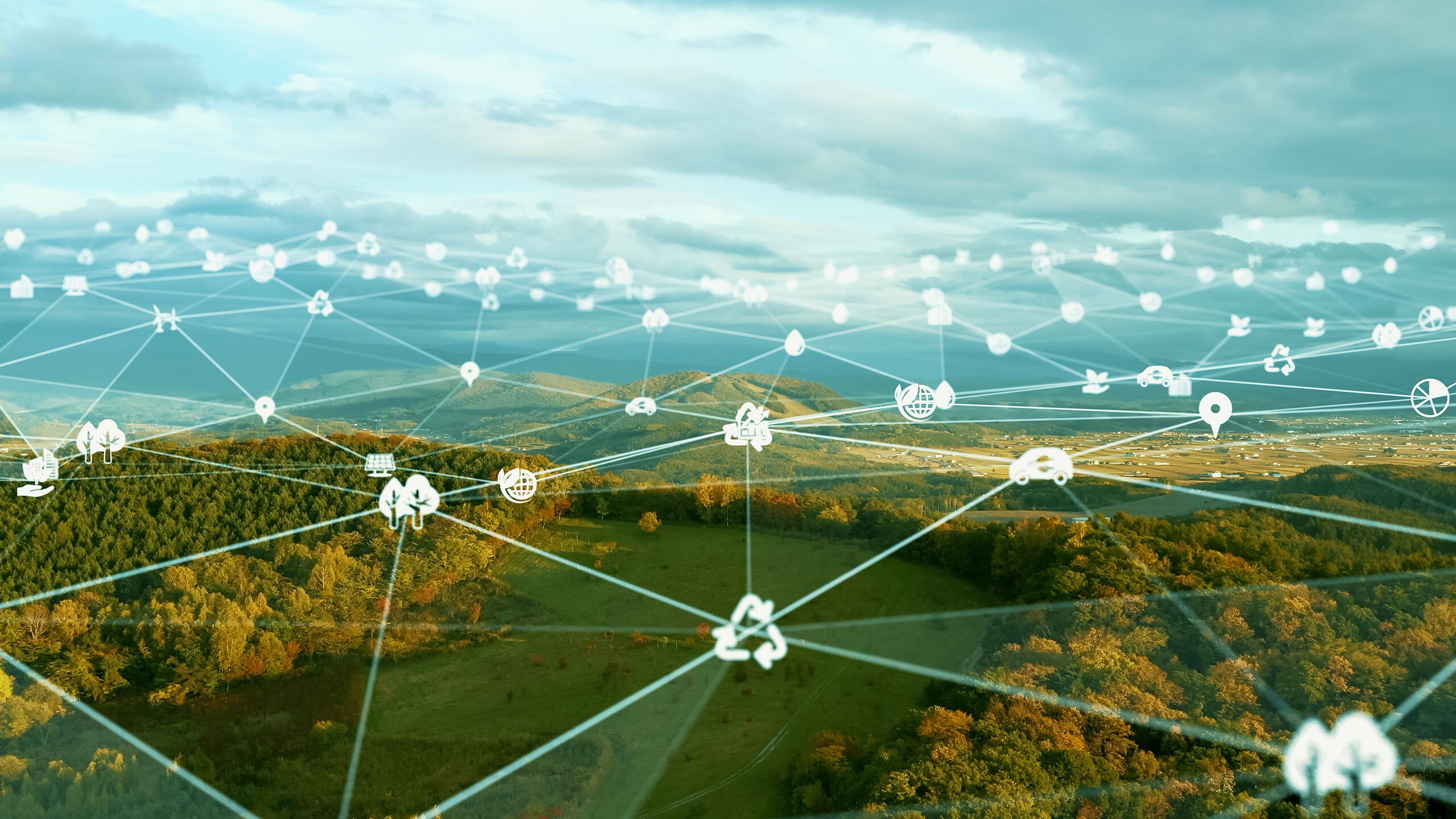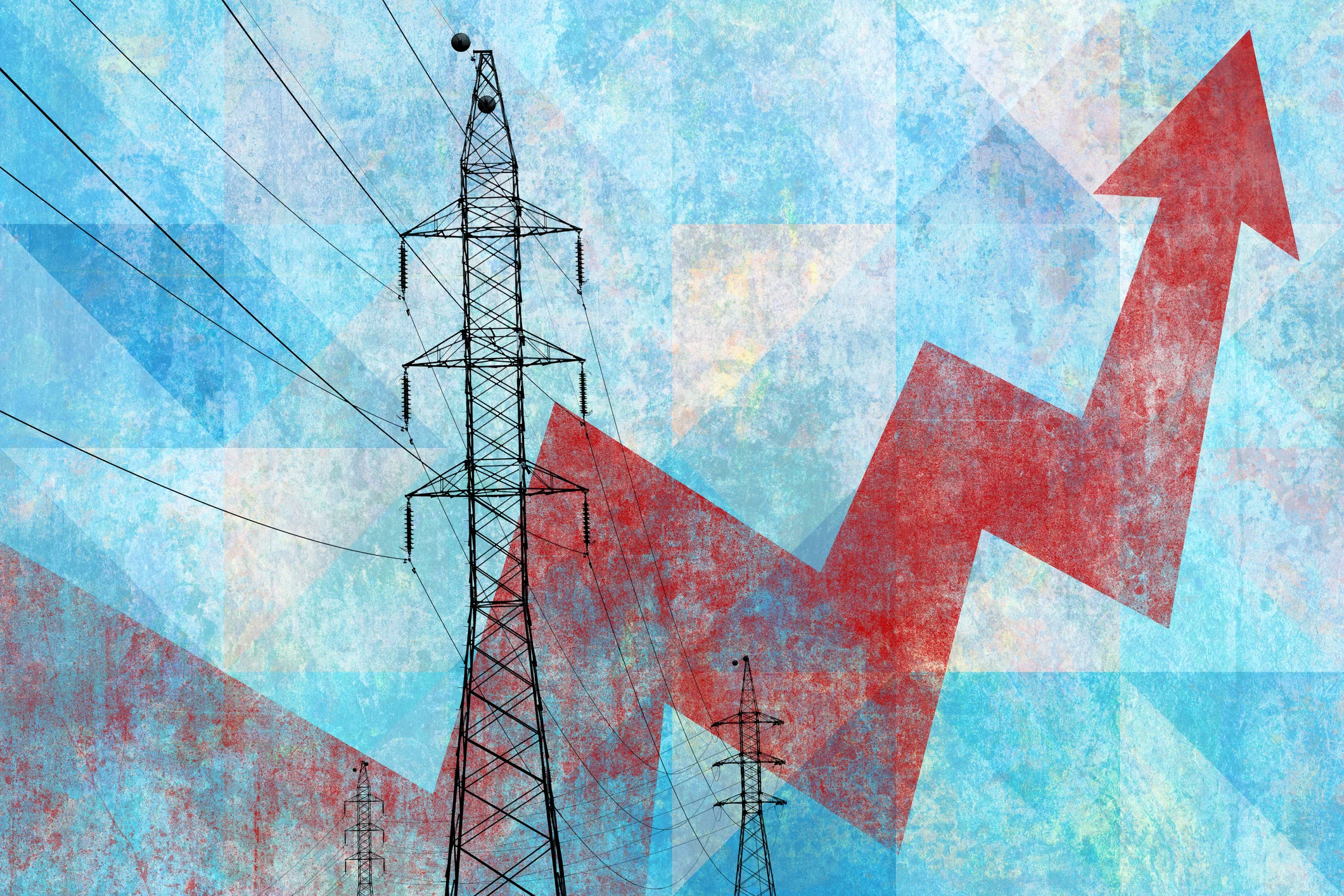July of 2023 marks the hottest summer on record, the eighth consecutive year that global temperature averages have risen. Extreme temperature and weather events have already proven a challenge to utility providers, who face an almost 25% increase in infrastructure costs alone, due to climate change, a number that promises to grow. Furthermore, natural disasters caused by climate change have increased in recent years, which has led to tragedy, as well as energy insecurity. The threat of climate change is both an economic and existential threat to electric utilities, which has led to increased support for carbon neutrality and decarbonization initiatives. Fortunately, through technologies like distributed energy resources (DERs), utilities can enhance their demand flexibility options through concerted conservation and load-shifting efforts, defraying high energy costs and increasing energy security.
Why Decarbonization Matters: The Cost of Climate Change Inaction
In 2021, the U.S. energy portfolio was approximately 79% fossil fuels, which includes coal, petroleum, and natural gas. Although differing in potency per energy source, each creates carbon emissions, which directly and negatively impact climate change. In 2022, climate change disasters caused an accumulative $165b in federal spending, a number that promises to increase. According to McKinsey & Company, climate change is estimated to cost a baseline of $1.7b in economic damage per utility by 2050. This is why financial groups like BlackRock have committed to investing based on environmental, social, and corporate governance (ESG) ratings: climate change inaction is too expensive.
Still, while adopting climate change mitigation has been slow at the federal level, the institution of legislation like the Inflation Reduction Act in the U.S. is designed to help modernize and incentivize participation in a more flexible grid. These mitigation measures are estimated to decrease carbon emissions by approximately 1 billion tons by 2030. Additionally, the Biden administration reports that the Inflation Reduction Act and Bipartisan Infrastructure Law have afforded U.S. electric utilities the potential to reach 80% clean energy by 2030. So what does clean energy mean in this context? Let’s take a closer look.
The Difference Between Carbon Neutrality & Net Zero
Hitting decarbonization targets is realized through two strategic methodologies: carbon neutrality and net-zero targets. The distinction between the two is often blurred, a challenge common to the energy sector. Carbon neutrality refers to offsetting harmful carbon dioxide emissions through a variety of potential carbon offsets including forestry, agriculture, and, most importantly, investments in renewable energy. As such, carbon neutrality is the start, not end, point to decarbonization. Through carbon neutrality objectives, electric utilities can continue to use fossil fuels until greater access to renewable energy and better load flexibility initiatives are available.
– Syd Bishop, Sr. Content Specialist, Virtual Peaker
As with finding any definition in an industry in motion and often disconnected, defining net zero, in contrast, isn’t quite as easy. The United Nations Net Zero Coalition identifies the concept as “cutting greenhouse gas emissions as close to zero as possible, with any remaining emissions re-absorbed from the atmosphere, by oceans and forests.” In this context, net zero is a parallel if entirely ideal objective; through net-zero emissions utilities only turn to carbon offsets as needed, having already minimized carbon output by employing renewable energy and flexible load strategies.
Paths to Decarbonization
The energy transition away from fossil fuels is daunting. These energy sources are time-tested and reliable, while renewable energy sources have historically proven intermittent. As of this writing, the distributed energy resource (DER) market is anticipated to nearly double by 2027. These devices range from battery and solar technologies to WiFi-enabled smart devices. Through technologies like distributed energy resource management systems (DERMS), there are a variety of opportunities and strategies to leverage these community energy assets to both conserve or introduce new power into the grid. Let’s take a look at a few of the most common strategies utilities have employed.
Demand Flexibility & Conservation
The concept of demand flexibility refers to the variety of programmatic strategies designed to leverage DER technologies to conserve or introduce power into the grid. The most prominent example of demand flexibility is demand response, a conservation paradigm that calls upon program participants to minimize usage during peak hours of demand. Relative to that conservation tactic, EV managed charging strategies minimize grid strain during peak demand hours as they pertain to the burgeoning global electric fleet. As one of many distributed energy resources, EV managed charging is a parallel and complementary load management strategy.
DER Management & Virtual Power Plants
While demand response and EV managed charging serve as conservation strategies, distributed energy resources (DER) have afforded many programmatic opportunities for utilities to hit their decarbonization goals. Where EV managed charging minimizes energy consumption during peak demand through device control, V2G charging initiatives use reciprocal charging technologies to access power as needed, refueling vehicles during off-peak hours after that. No longer a buzzword, virtual power plants aggregate existing community energy assets for redistribution into the grid. These strategies both access energy from willing participants to enhance energy security and defray high energy costs during peak demand events.
Conclusion Carbon Neutrality, Net Zero Emissions, & Energy Decarbonization
Carbon neutrality and net zero emissions goals both serve decarbonization efforts. Irrespective of how decarbonization is achieved, climate change poses a costly and existential crisis to utilities and beyond. Fortunately, through distributed energy resources and other load management strategies, utilities can decrease their operational and infrastructure costs, increase energy security, defray high peak energy costs, and enhance customer satisfaction.





